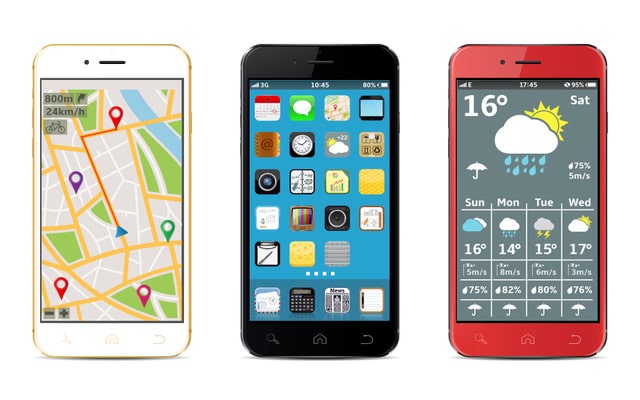We’re living in interesting times. While we are being encouraged to stay physically distant, the world has now become more of a global village than ever before. You’re probably home, bored, on a break from that last meeting with your foreign liaison and online searching for “ways to improve self while stuck at home during a pandemic.” Then it hits you… why not learn a new language? It would certainly keep you entertained in your downtime and have the added benefit of improving your resume. While one of the easier things to do may be to download the latest app with the highest rating, let us consider a few things. Firstly, what is fluency, and can you really get fluent using an app?
What is fluency?
Basically, fluency in a language can be thought of as the flow and efficiency with which you express your ideas, particularly when speaking. You are allowed some grammatical errors when speaking, but you really should be able to communicate in the language in a way that demonstrates a significant level of comfort and clarity.
The Common European Framework of Reference for Languages (CEFR) is an accepted international standard. They have several levels of language learning ranging from basic to proficient. Based on their model, the first level of fluency is called “Independent” and is broken into two parts: B1 and B2. At the B1 level, a second language learner should be able to:
- Understand the main points of clear standard input on familiar matters regularly encountered in work, school and leisure.
- Deal with most situations likely to arise while traveling.
- Produce simple connected text on familiar topics.
- Describe experiences and events, dreams, hopes & ambitions and briefly give reasons and explanations for opinions and plans.
And that’s just B1.
On the other end of the spectrum where proficiency lies, C2 is the final rung. At that level, a second language speaker is expected to:
- Understand with ease virtually everything heard or read.
- Summarize information from different spoken and written sources, reconstructing arguments and accounts in a coherent presentation.
- Express him/herself spontaneously, very fluently and precisely, differentiating finer shades of meaning even in more complex situations.
Pros and Cons of using an app for language learning
Cyberspace is full of different applications, each claiming to have you fluent in no time – but can they truly deliver? If your aim is to be B1 on the CEFR scale, then perhaps.
Here’s what an app will do:
- Teach you the basics of the language. The foundation of almost every language is their written alphabet, and any app worth their salt will ensure you learn that. Given the repetitive nature of learning via applications, your foreign language alphabet knowledge and basic vocabulary should be on point.
- Help you memorize basic words and phrases. After a few weeks of consistently reading, writing and repeating select phrases, you are bound to learn them. So, should you forget your watch at home on your vacation to Marseille in 2022, you should have no problem asking your neighboring sunbather, “Quelle heure est-il?”
- Make it fun. With each of the platforms designed to reward you for actively participating, it can be easy to get distracted by the “daily targets” and lose sight of the actual goal, which is language acquisition. The game scheme of the apps will keep you coming back for more…rewards.
On the flip side, the app will not:
- Teach you the nuance of language. In Asian cultures, for example, body language is a major part of communication. If you hope to successfully communicate with, say a Japanese counterpart, how your message is delivered can easily be just as important as what was said.
- Take you to B2 on the CEFR scale (usually required for getting a job). This level requires you to “understand the main ideas of complex text on both concrete and abstract topics, including technical discussions in his/her field of specialization.” Let’s face it, the daily lesson plans in the apps simply aren’t complex enough to teach you how to have a detailed conversation about the recent fluctuations in the global stock market.
- Have you interacting with someone in real life. Even if you stick to the lessons religiously, the app still lacks this component and cannot teach you to account for the subtle differences in language that real conversation provides, not to mention different accents and ways of speaking (not everyone sounds like our enunciating grandmothers). TruFluency recognizes that talking to a native speaker is one of the best ways to learn a language, as that way you have the added benefit of body language, accent and intonation. The shared jokes will teach you colloquial terms and what words are acceptable in formal vs informal contexts.
Language immersion (aka speaking/having conversations) works best for fluency
If you really want to become conversant in a foreign language, immersion is the best way to get it done. Take the plunge and…Netflix and learn French. That book you’ve been dying to read? Download the Spanish version. Subscribe to the leading health podcast… in German. Or even better, (and easier), let us help you. Select your TruFluency teacher today and embark on an exciting journey, relieving you of the daily humdrum of your couch to home office routine. Let’s start a conversation today!





